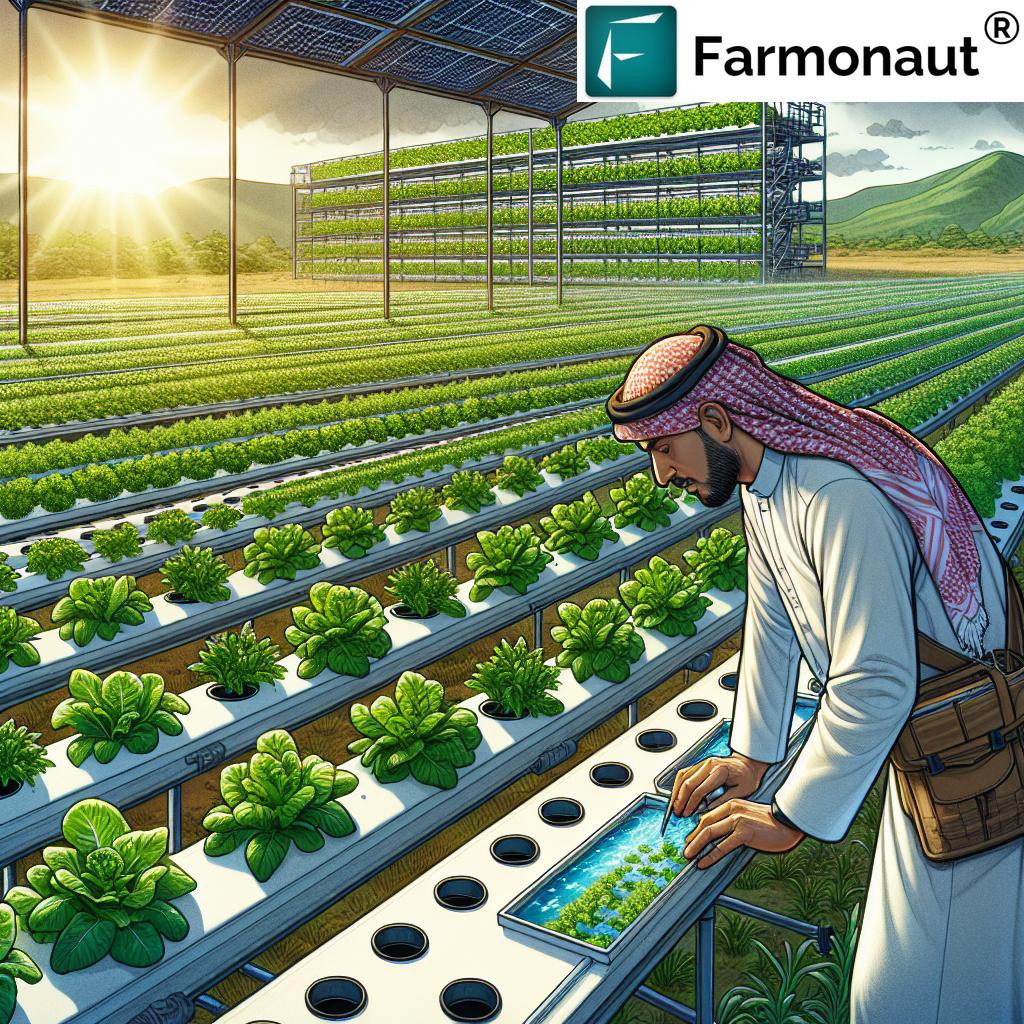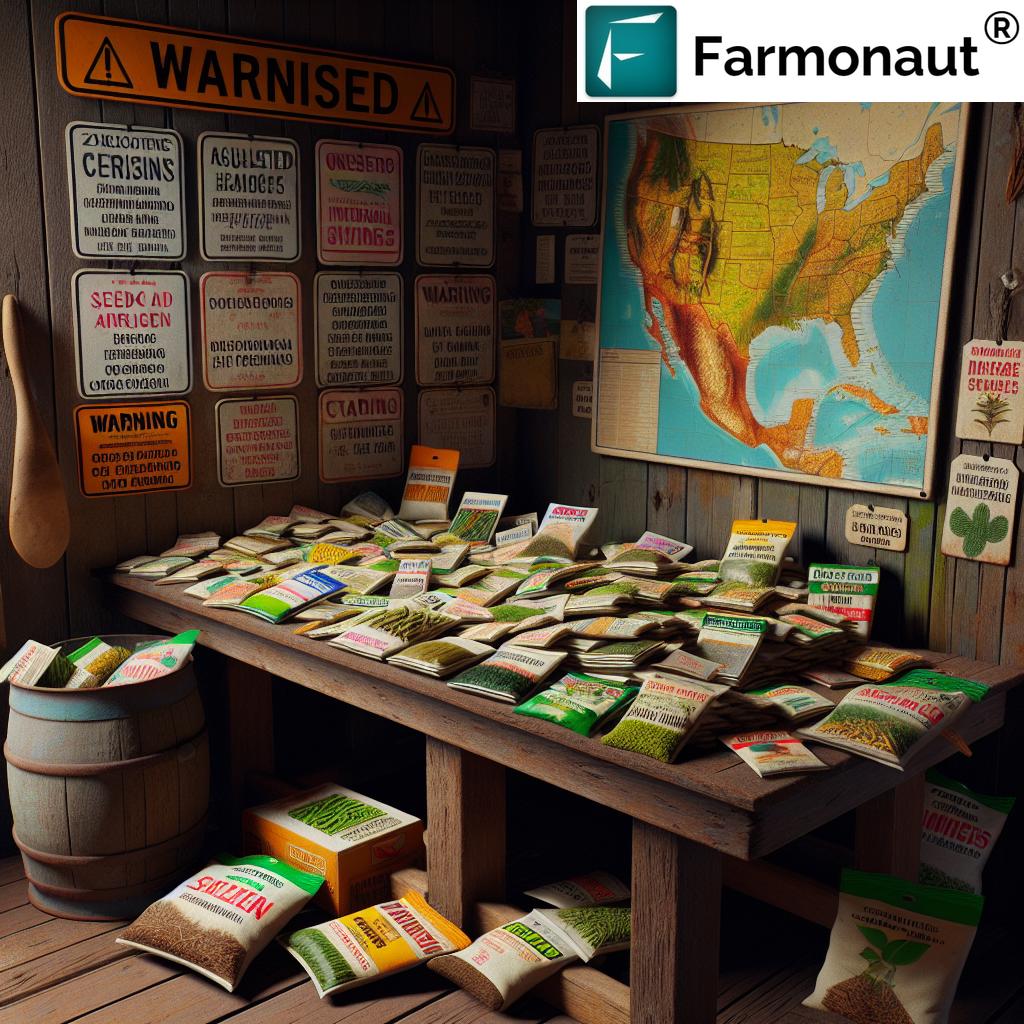Ash Tree, Green Ash Tree, Bark, Leaf & Black Ash Info — The Ash Tree: An Essential Resource in Forestry and Environmental Management in 2025
“By 2025, green and white ash trees support over 43% of North American sustainable forestry restoration projects.”
Introduction to Ash Trees in 2025
The ash tree, belonging to the genus Fraxinus, is an essential forest resource across North America and parts of Europe. In 2025, as environmental, sustainable, and forestry sectors face mounting pressures from climate change and invasive pests, ash trees—including the green ash tree (Fraxinus pennsylvanica), white ash tree (Fraxinus americana), and black ash tree (Fraxinus nigra)—remain integral to the ecological, economic, and cultural stability of temperate hardwood forests. These species not only anchor landscape resilience but also drive significant forest management programs throughout the region.
As restoration and conservation efforts intensify, a profound understanding of ash tree bark, ash tree leaf characteristics, and wood utility is vital for sustainable forestry. This comprehensive guide explores the vital roles, identification, management strategies, and the innovative technological tools shaping the future of ash trees in 2025 and beyond.
Ecological Significance of Ash Trees
Ash trees play a significant ecological role in supporting biodiversity, providing wildlife habitat, and enhancing soil fertility. Their presence is a cornerstone for:
- Biodiversity: Ash tree bark and leaves sustain 120+ native insect species, offering food, breeding grounds, and pollination opportunities that ripple through the food web, especially benefitting birds and small mammals.
- Soil Health: Ash tree leaves, being compound and pinnate, break down efficiently as litter, releasing nutrients and boosting soil fertility—a process central to nutrient cycling in forests and wetlands.
- Ecosystem Stability: Ash—especially the black ash tree—helps maintain wetland stability, reduce soil erosion, and support water quality in landscapes susceptible to change.
- Carbon Sequestration: As robust, fast-growing hardwoods, ash trees contribute to significant carbon storage, helping to offset global emissions and promote climate resilience in managed forests.
“Ash tree bark and leaves provide vital habitat for 120+ native insect species, promoting ecosystem diversity and balance.”
Understanding these ecological contributions is central to current forest management and ongoing carbon footprinting programs, which help land managers measure and optimize for climate impact. With the threat of pest outbreaks and habitat loss escalating, sustainable practices rooted in science and technology are more vital than ever.
Major Ash Tree Species: Green, White, and Black Ash
Among the notable species in the genus Fraxinus, three stand out for their distinct roles, characteristics, and contemporary significance:
Green Ash Tree (Fraxinus pennsylvanica)
The green ash tree, frequently found across floodplains and urban settings, is highly valued for its adaptability to drought, poor soils, and varying environmental conditions. Due to its tolerance and rapid growth, the green ash is pivotal in reforestation projects and urban forestry programs across North America, especially where soil conditions are less than ideal.
White Ash Tree (Fraxinus americana)
The white ash tree is renowned for dense, resilient timber. It ranks high as a preferred material for furniture-making, sports equipment (most notably baseball bats), tool handles, and flooring. Its ecological contributions and hardiness have made it invaluable to sustainable forestry sectors throughout North America.
Black Ash Tree (Fraxinus nigra)
Naturally thriving in wetland ecosystems, the black ash tree is essential for maintaining hydrological stability, preventing soil erosion, and supporting water quality. It is culturally significant, as Native American communities employ black ash bark for traditional basket weaving—integral to artisan crafts and cultural continuity.
- Other Fraxinus species: While green, white, and black ash dominate North American conversation, related species—both native and introduced—hold important roles in urban and rural landscapes across Europe as well.
Ash Tree Bark and Leaf Characteristics: Key Identification Features
Accurate identification of ash tree species is crucial for forestry management, conservation, and pest control programs. Common features—such as bark patterns and leaf structures—help differentiate species and target restoration initiatives in 2025.
Ash Tree Bark
The ash tree bark offers unique habitat and protection for insect populations and birds (see trivia above). Its texture and appearance typically varies significantly across species:
- Green Ash Bark: Gray-brown and furrowed, often with a netted or diamond pattern—especially on older trees.
- White Ash Bark: Light gray, consistently displaying deep ridges and a characteristic diamond-shaped pattern.
- Black Ash Bark: Soft, corky, and sponge-like, with less pronounced diamond ridges; can be easily separated into thin strips, a trait used in basketry.
Ash Tree Leaf
The ash tree leaf is compound and usually pinnate, composed of 5–11 leaflets arranged oppositely on the stem:
- Green Ash Leaf: Typically 7–9 leaflets, pointed and slightly serrated, with variable shapes depending on growing conditions.
- White Ash Leaf: 7 leaflets on average, smooth or slightly toothed, lighter beneath, and slightly stalked.
- Black Ash Leaf: 7–11 leaflets, deeply serrated, and sessile (lacking leaf stalks), enhancing moisture tolerance in wetlands.
Both bark and leaves play vital ecological functions, supporting diverse insect and bird populations, and facilitating nutrient cycling via decomposition and leaf litter.
Modern satellite and AI tools now assist forest managers in mapping ash tree locations and monitoring health, vastly improving species-specific management and rapid response to pest outbreaks.
Economic and Cultural Uses of Ash Trees in North America (2025)
Ash wood is prized for combining strength, flexibility, and workability—making it one of the most valuable hardwood resources, particularly in:
- Furniture and Flooring: The white ash tree produces dense, aesthetically attractive wood, ideal for fine furniture, cabinetry, and durable flooring solutions.
- Tool Handles and Sports Equipment: Both green and white ash trees are renowned for their capacity to absorb shock—a trait valued in producing baseball bats, hockey sticks, and handles for tools and sporting goods.
- Cultural Resources: The black ash tree holds robust cultural value. Its bark, easily separable into strips, is central to the traditional basket weaving practices of Indigenous communities.
Ash also forms a crucial raw material for emerging bioeconomy initiatives, where wood and biomass are explored for renewable composites and eco-friendly packaging as sustainability concerns grow in 2025 and beyond.
For large-scale forest or crop plantation advisory, see our Crop Plantation/Forest Advisory Product—optimized for environmental monitoring and reforestation project management.
Emerald Ash Borer: Invasive Pest Challenges and Management Strategies (2025)
Since the emerald ash borer (EAB; Agrilus planipennis) was detected in North America in the early 2000s, ash trees have faced an unprecedented threat. This invasive beetle species has devastated ash populations across vast regions, bringing about significant changes in forestry management strategies by 2025:
- Infestation Impact: EAB larvae tunnel under the bark, disrupting the tree’s nutrient flow. This invasion has killed millions of trees in North America, altering forest compositions and threatening biodiversity.
- Control Efforts: Pest management efforts now emphasize integrated pest management (IPM), which combines chemical treatments, biological control agents (like parasitoid wasps), and public education.
- Resistant Strains and Selective Breeding: Research focuses on developing and breeding resistant ash strains using the latest genomics and field trial data, with the aim to reintroduce more resilient populations in the future.
- Monitoring and Mapping: Remote sensing, AI, and drone-based tools are increasingly deployed to assess ash health and infestation spread efficiently and cost-effectively. Farmonaut Fleet Management can streamline surveillance and logistical planning for such interventions at scale.
Despite these efforts, pest outbreaks remain a persistent threat through 2025. State and federal agencies, scientists, and forest landowners continue to collaborate on data-driven, adaptive strategies to counteract EAB’s spread—demonstrating the necessity of technology and sustainable monitoring in environmental management.
Sustainable Forestry, Conservation, and Modern Monitoring (2025 & Beyond)
As conservation values move to the forefront, ash trees remain fundamental to sustainable forestry management and climate adaptation programs:
- Mixed-Species Reforestation: Ash species’ wide tolerance and rapid growth make them ideal for replanting degraded landscapes, improving forest resilience to pests and extreme weather.
- Urban Forests: With poor soil and drought conditions affecting cities, the green ash tree continues to thrive in urban restoration projects.
- Certified Harvesting Practices: The forestry sector prioritizes sustainable harvesting (certified by organizations like FSC or SFI), reducing overexploitation and ensuring long-term ecological balance.
- Utilization in Emerging Sectors: Ash wood now enters bio-based composites, renewable material production, and eco-friendly packaging—part of the growing traceability movement ensuring supply chain authenticity and accountability.
At Farmonaut, we recognize that real-time monitoring and blockchain-based traceability are transforming how environmental resource management is executed—providing transparency and new opportunities for sustainable growth.
For detailed and automated crop health or forest plantation management, our Large-Scale Farm Management Admin App integrates advanced satellite imagery with AI-driven insights, offering forest stewards actionable information for timely interventions.
For seamless integration with your own systems, find our API for forest analysis and API Developer Docs.
Technological Innovations in Ash Tree Management (2025 & Beyond)
The future of ash tree conservation hinges on the continued evolution of satellite technology, artificial intelligence, and blockchain solutions. Our team at Farmonaut is dedicated to delivering such tools, helping users:
- Detect pest & disease hotspots with high-precision, remote sensing imagery.
- Track forest health, tree loss, and soil moisture on a stand-by-stand basis, using AI-powered analytical dashboards.
- Reduce fraud in environmental crediting and insurance claims by providing satellite-verified, blockchain-backed records. (For more on this, see our Crop Loan & Insurance page.)
- Optimize restoration interventions, carbon markets, and supply chains—transparently and sustainably.
These innovations are catalyzing the next leap in sustainable ash tree management, ensuring healthy forests, productive landscapes, and resilient communities for generations to come.
Comparative Feature Table of Major Ash Tree Species
| Species Name | Bark Description | Leaf Characteristics | Geographic Range (2025 Estimate) | Ecological Role | Noted Pest Threats | Sustainable Forestry Relevance |
|---|---|---|---|---|---|---|
| Green Ash Tree (Fraxinus pennsylvanica) |
Brown-gray, ridged, diamond pattern; moderately furrowed with age. | 7–9 leaflets, pointed, variable serration; compound, pinnate. | Most of eastern, central North America, including urban and floodplain settings. | Soil stabilization, rapid carbon sequestration, urban tolerance. | Emerald ash borer (highly susceptible), fungal cankers. | Key for urban forestry, restoration projects; rapid growth; rated as valuable for replanting. |
| White Ash Tree (Fraxinus americana) |
Light gray, deep diamond furrows; smoother with age. | Usually 7 (5–9) leaflets; lighter beneath, slight serration, stalked. | Eastern + central U.S. and southern Canada; scattered in upland hardwood forests. | Wildlife habitat (nesting, pollinator support), high-density carbon reservoir. | Emerald ash borer (highly susceptible), anthracnose. | Valued timber in sports and furniture; climate-resilient, integral in mixed planting. |
| Black Ash Tree (Fraxinus nigra) |
Corky, sponge-like, soft; less diamond pattern, easily peeled into strips. | 7–11 leaflets, deeply serrated, sessile (no stalks); finely textured. | Northern U.S., southern Canada, especially wetlands and swamps. | Wetland stabilization, prevents erosion, supports rare wetland fauna. | Emerald ash borer (extremely susceptible), fungal rot. | Vital for wetland restoration, traditional crafts; high ecological value. |
Quick Ash Tree Comparison Notes:
- All three species are vulnerable to emerald ash borer, with equally high ecological and economic significance.
- Green ash is most “urban-tolerant”; white ash delivers highest commercial timber value; black ash is the wetland ecosystem specialist.
- All are used as model species for reforestation, carbon storage, and cultural heritage projects in 2025 and beyond.
FAQ: All About Ash Trees (2025 Edition)
What makes ash trees essential for sustainable forestry in North America?
Ash trees’ rapid growth, adaptability, and ecological functions (like carbon sequestration and biodiversity support) make them critical in restoration projects, climate adaptation, and mixed-species forestry planning.
How do I distinguish a green ash tree from a white or black ash tree?
Examine the bark (green ash is ridged and netted; white ash is light gray with deep diamond furrows; black ash is corky and strip-able) and the leaf (green has pointed leaflets, white has lighter, smoother leaflets, black has deeply serrated, stalkless leaflets).
Why are ash tree leaves important for ecosystem health?
Ash tree leaves are compound and decompose readily, enriching soil fertility and supplying food and habitat for over 120 native insect species, which are vital for broader forest ecosystem balance.
What is the current status of emerald ash borer infestations?
By 2025, EAB remains the most significant pest threat, causing widespread mortality. However, technological, genetic, and biological control strategies are steadily making management more effective.
How are advanced technologies impacting ash tree conservation?
Innovations in satellite imagery, AI, and blockchain—such as those provided by Farmonaut—enhance ash population mapping, pest monitoring, carbon measurement, and sustainable harvest verification, creating a new frontier for environmental management.
Can I use satellite or app-based tools to monitor my ash woodland?
Yes! Our Farmonaut platforms (web, Android, iOS) enable remote ash and forest health monitoring, crop/plantation management, and real-time pest/drought tracking. Access them via web app or mobile stores for seamless resource oversight.
Conclusion: Ash Trees—Cornerstones of Sustainable Forestry and Environmental Management for 2026 and Beyond
As we journey into 2026 and beyond, the ash tree and its kin—green ash tree, white ash tree, and black ash tree—remain pillars of resilient, climate-adapted, and biodiverse forestry systems in North America and beyond. Their bark and leaf properties, immense economic and cultural value, and adaptability to changing environmental pressures make them irreplaceable in the forest sector.
While challenges from invasive pests and climate variability persist, advanced management strategies—using both conservation best practices and modern technology such as Farmonaut’s satellite systems—are lighting the path to a sustainable forestry future.
The protection, restoration, and sustainable utilization of ash promise healthy ecosystems, balanced soil, and vibrant communities for generations to come.
For organizations and managers dedicated to forest, crop, or ecosystem restoration, we encourage exploring Farmonaut’s advanced monitoring, traceability, and analytics tools—delivering data-driven solutions to environmental challenges while ensuring cost-effective and scalable resource oversight.
Empower your sustainable forestry strategy—make the most of every ash, every leaf, and every ecological opportunity with state-of-the-art solutions for 2026 and forward.
“Ash trees: Integral to resilient forests, healthy landscapes, and a more sustainable future in 2025 and beyond.”













